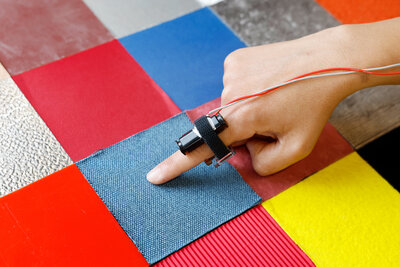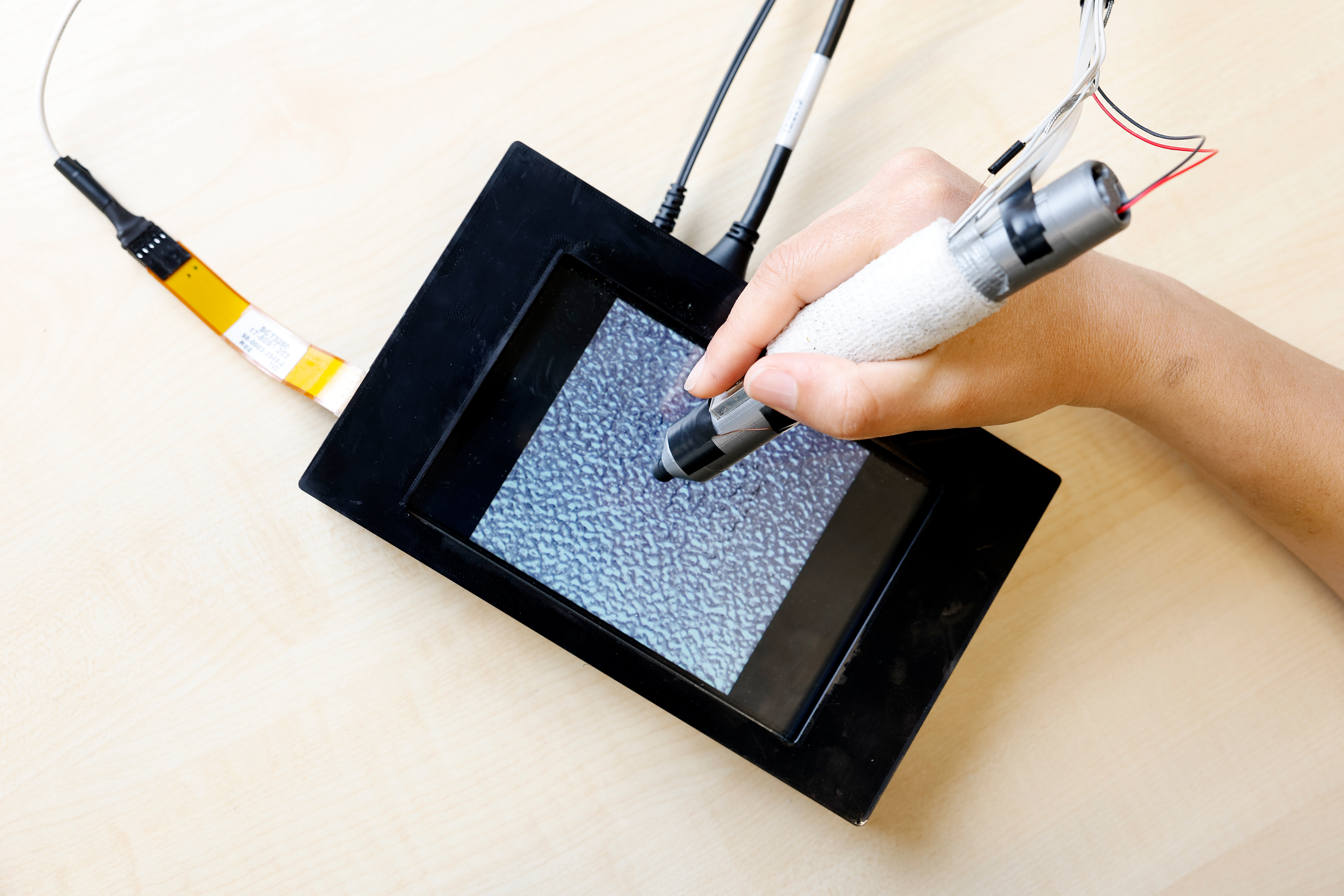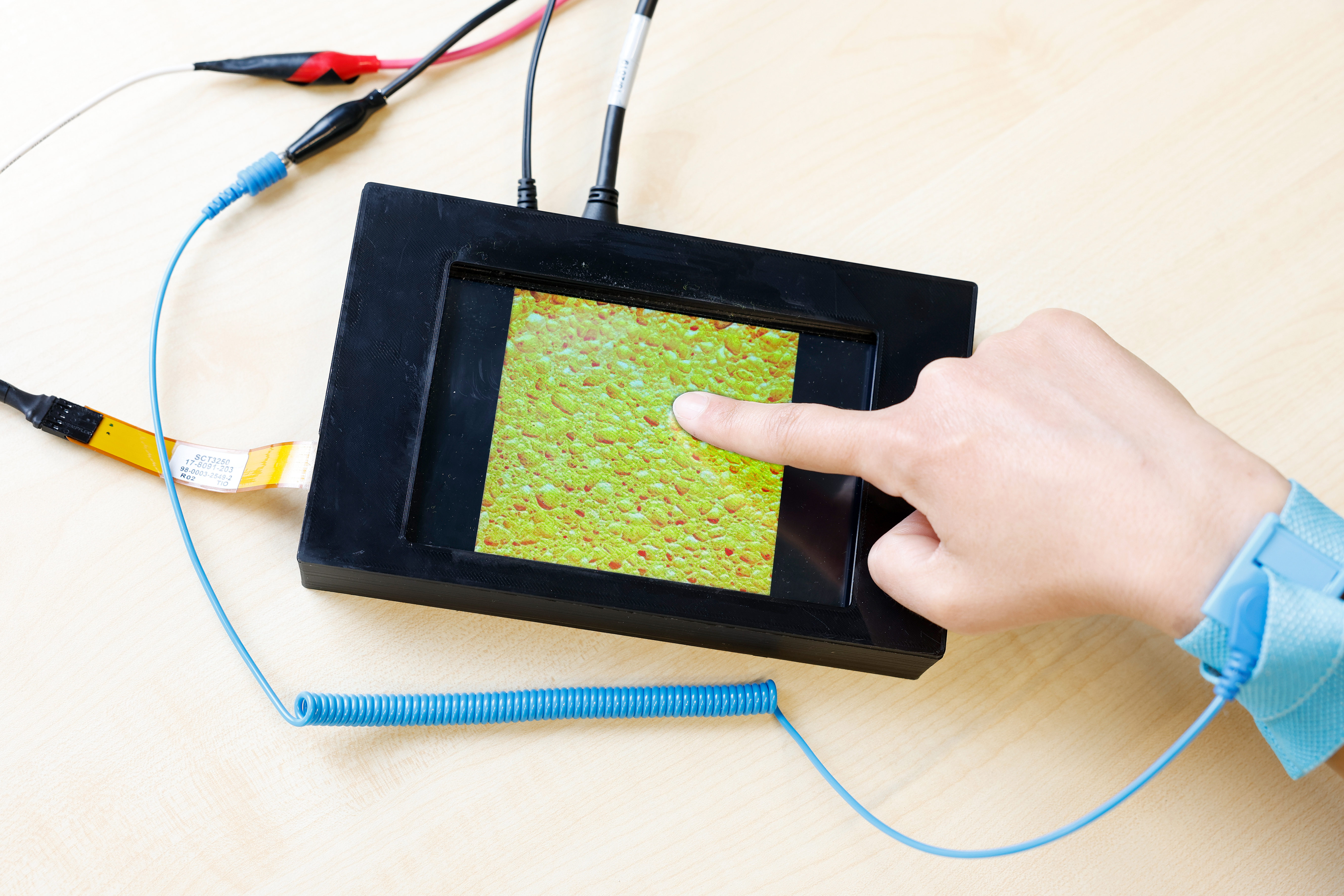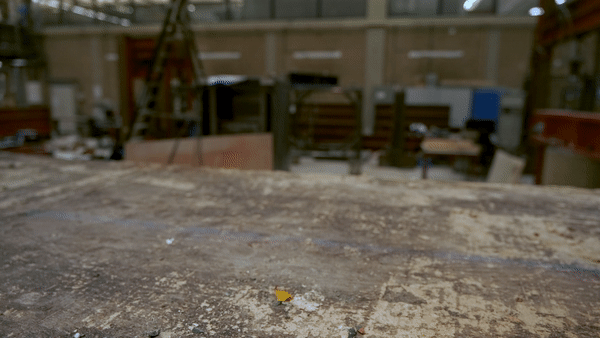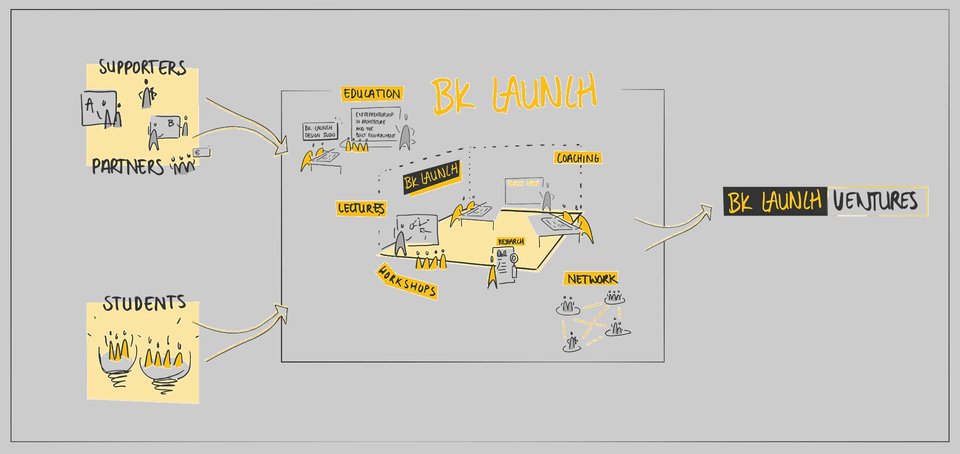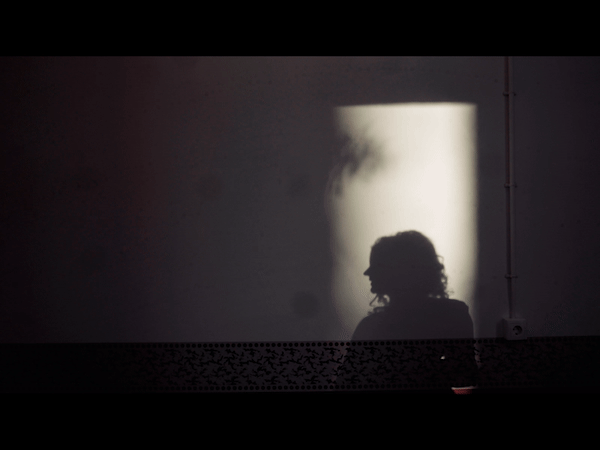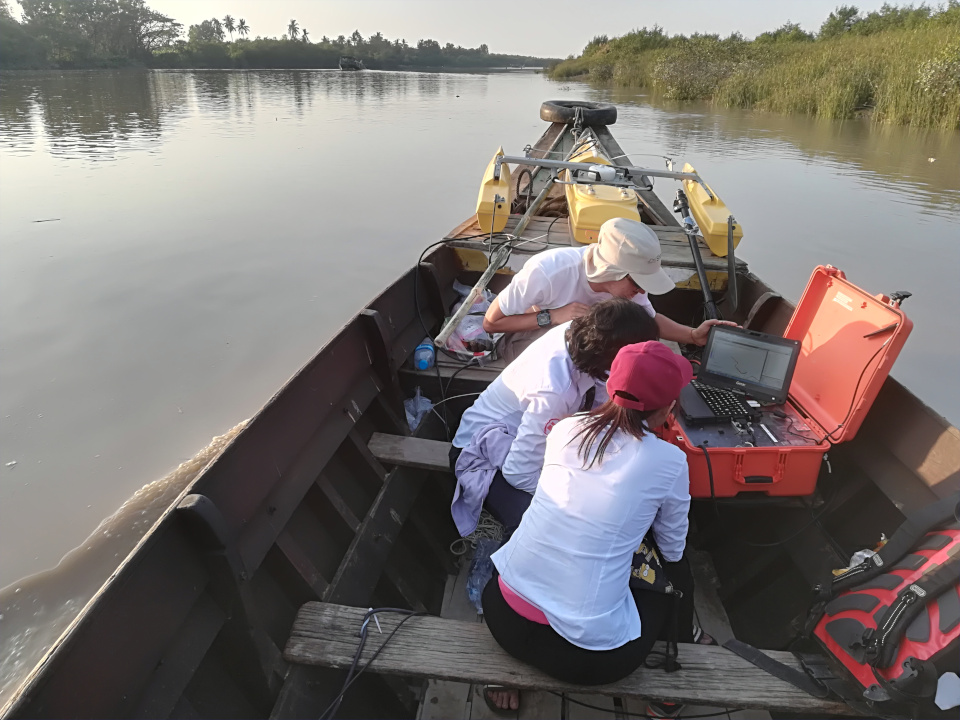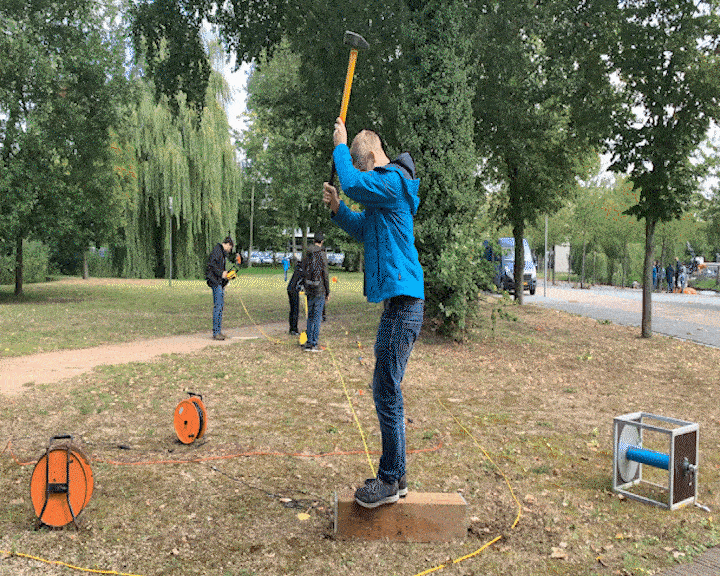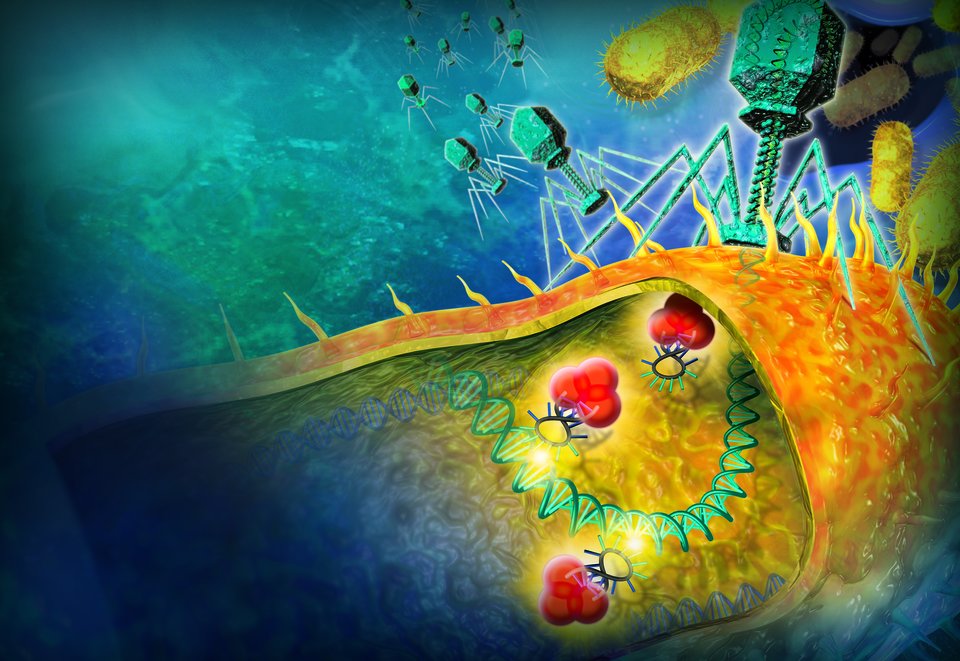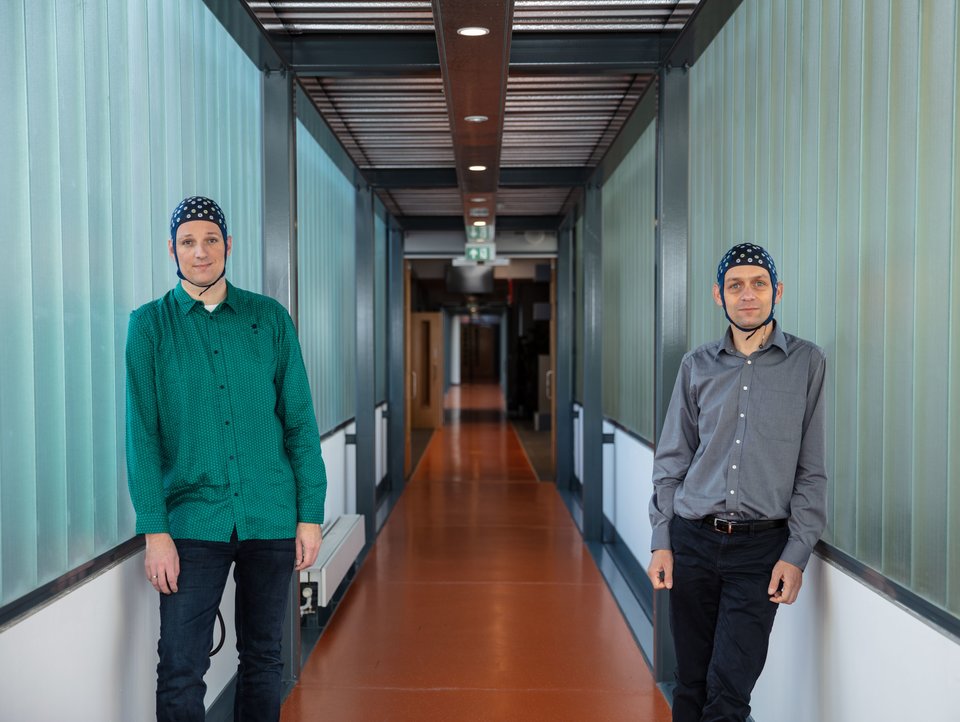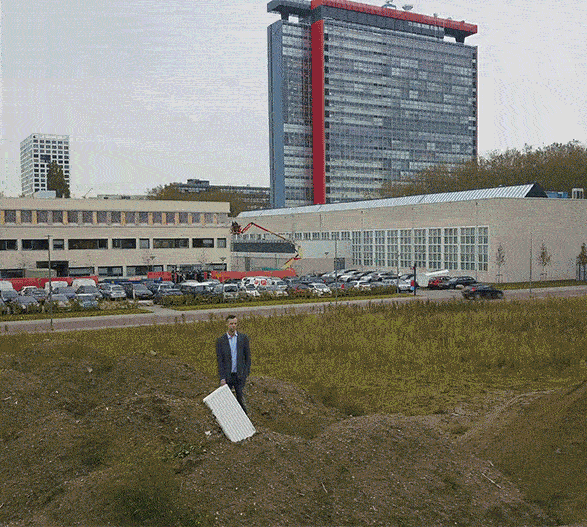Have you ever wondered what the fabric feels like on a jumper you were thinking to order online? Or wanted to touch the hand of your distant relatives through your computer screen? Assistant professor Yasemin Vardar knows exactly how you feel. For years, we’ve been able to send and receive digital packets. But we can’t do that for ‘touch’. In 2020, she founded the Haptic Interface Technology Lab to change that.
In her HITLab, assistant professor Yasemin Vardar watches proudly with a broad smile as three of her team of researchers test new designs of ‘tactile devices’. The ring, pen, and surface they’re working on can make your hand or finger feel something without you having to touch it. A ribbed piece of plastic, a rough piece of fabric, or the grain of a plank of wood.
In the lab, Vardar is studying different ways to digitise touch. The digital translation of touch lags behind vision (video and image) and hearing (audio), which is ‘bizarre’, according to Vardar. ‘From the moment we get up, we’re constantly touching and feeling objects. Unfortunately, we can’t do this in the digital world, which makes those interactions very unnatural.’
She suggests looking at the ring first. A small actuator fastened with Velcro is carefully slipped around the index finger. The ring is attached to a thread that can move back and forth in a frame. This gives your finger just enough room to rub over a piece of plastic. At first, the piece of plastic just feels smooth. When the vibrations reach the ring, you can feel stimuli in your hand that make your fingertip think the piece of plastic has ridges.
Full of ideas
Vardar calls her job ‘a playground’. She’s full of ideas she wants to try out one day. ‘If we can digitise touch, that will enable us to have more lifelike digital communications or feel clothes before buying them online’ That would have been helpful when she went to buy her wedding dress, as her family lives far away. ‘The wedding dress is traditionally important in Turkey. I would have loved to let my mother and sisters feel its beautiful soft fabric from a distance.’
This is a fairly recent field of research, so the technology isn’t that advanced yet. But that’s not stopping Vardar. The greater the challenge, the more driven she becomes. ‘Haptics is about technologies that interact directly with people, and people are complex. That makes it a fun challenge.’ Vadar believes that advancements in this research area can also impact healthcare in the future. For example, it can lead to the development of new treatment and diagnostic techniques or provide opportunities in telemedicine and assistive technologies.
Like pushing a ladle into pea soup
Meanwhile, Vardar has moved on to the pen. At first glance, it looks like a large version of a ‘stylus’ used with smartphones and tablets. This pen also works with a screen lying on the table. The experience changes immediately when the device is turned on.
The pen feels like a fountain pen carving text into stone. Pressing the tip is difficult and the temperature of the pen is low. Another scenario is launched on the computer. The pen warms up slightly, and the tip of the pen depresses smoothly. It’s as if the pen is a ladle being pushed straight down into firm pea soup.

Credible touch
The ring and pen create touch sensations in different ways to help us learn just how touch works. What makes a touch credible? The ring approaches touch in the simplest way possible through vibrations, omitting temperature, pressure, and friction. The pen provides all these four types of stimuli, but the user is not in direct contact with the object.
Digitising touch is complex. The way you touch something affects what you perceive. ‘And that differs from person to person,’ Vardar says. Depending on the situation, people sometimes tend to press or prefer to rub. And that affects whether your skin compresses, vibrates, or stretches. ‘There’s no device or technique yet that can mimic all aspects of touch,’ says Vardar.
Incorporating textures
The technology behind the third design, the surface, is the most complex. The surface, which looks like a tablet screen, is connected to a computer. The screen, which lies flat on a table, displays an image of a plank of wood. If you rub it, you can feel the grain. As if the grain were in the touchscreen. Then a piece of a rough doormat appears. You can feel little ridges everywhere. It’s difficult to believe that the touchscreen is still smooth.
From the moment we get up, we’re constantly touching and feeling objects. Unfortunately, we can’t do this in the digital world, which makes those interactions very unnatural.
The device to which the wristband is attached mimics the texture of an object as closely as possible with a pattern of tiny electrostatic forces. To convert wood into such a pattern, the texture of the wood must first be recorded. Just as a microphone records sound.
To record sensations, there’s another device in the lab that uses sensors to record and store temperature, pressure, vibration, and friction. This method is extremely time-consuming. ‘It’s not feasible to record the touch of every texture that exists,’ says Vardar.
Vardar is working on a solution to speed up the process. By using the designs to study what the key information is in the 'touch pattern' of some materials, the patterns of other materials can eventually be predicted. Or be incorporated in a simpler way. And if that plan fails, she’ll look for another solution. ‘The first design or idea never works,’ Vardar says. ‘But when you find something that works and experience that “Eureka” moment, that’s what you do it for!’

